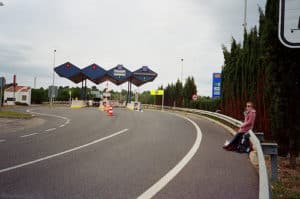Vienna is a city of culture – from art and architecture to classical music and food, it carries a vivid elegance. While Austrian coffee has earned its reputation as the best in Europe, it is without a dessert to go with it. Luckily, the city offers a wide range of traditional desserts made from original recipes that still carry their authentic taste. Plus, the intermixing of cultural influences on Austrian cuisine is a statement of the country’s welcoming of other cultures. These sweet dishes provide valuable insight into the history and culinary tradition of the region and have been preserved for centuries. Here are the top ten desserts to try in Vienna, Austria.
Table of Contents
Top Ten Desserts To Try In Vienna
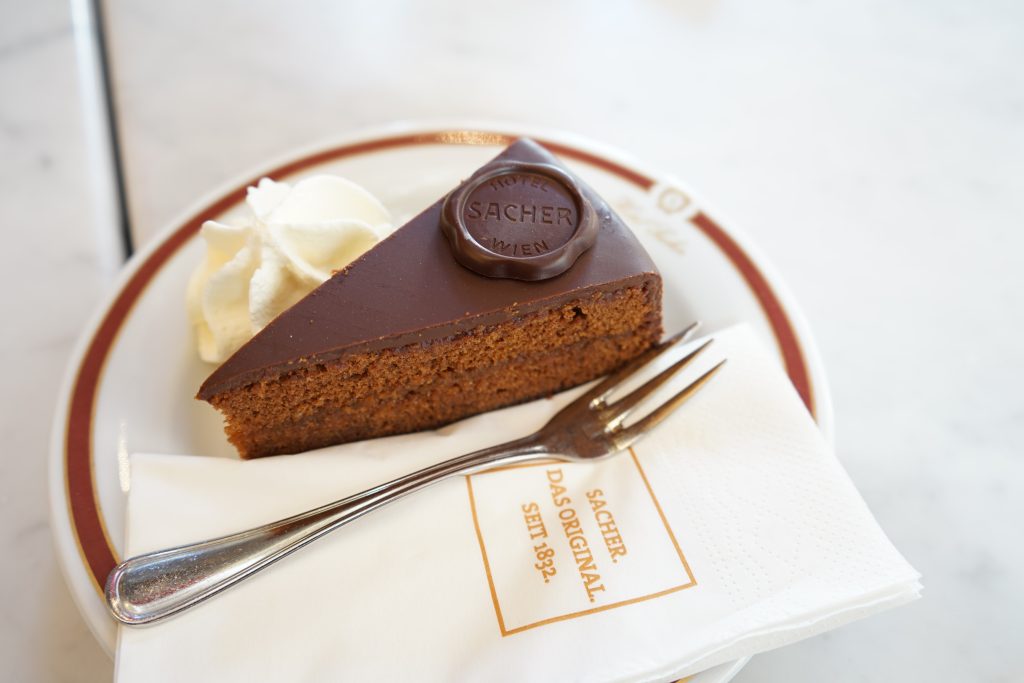
Sache Torte
The famous Viennese chocolate cake, the Sache Torte or sachertorte is a dark, rich confection for chocolate lovers with an exquisite layer of apricot jam in the middle. Just the look of it is enough to tempt you, with its smooth glazed top with whipped cream on the side. The chance creation of this elegant dessert by a 16-year-old named Franz Sacher goes back to the 1800s. This is the ideal dessert to enjoy in a 19th-century coffeehouse, unwinding with a book.
The Sache Torte is a much-cherished dessert for the Viennese and can be found on display in almost every bakery and coffeehouse in the city. However, Café Sacher of the Hotel Sacher, which is located right across from the State Opera House offers the cake made from the secret original recipe. Just as delicious is Cafe Demel’s version, especially since this used to be the favorite spot of the royal House of Habsburg back in the day.
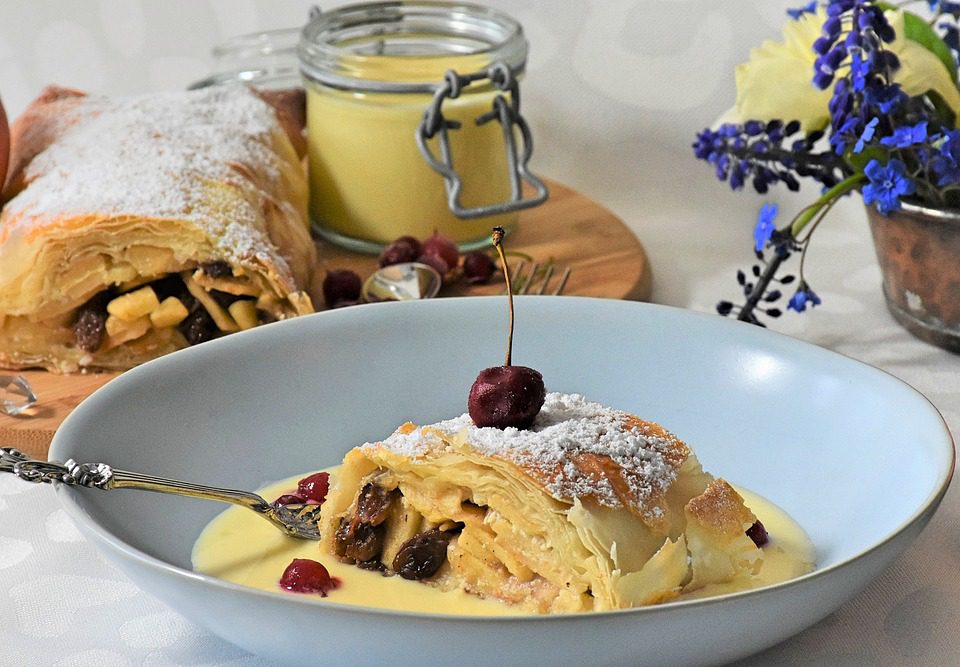
Strudel
When you think of Austria, you think apple strudel (or Apfelstrudel). This cozy dessert has also found its way into many cultures, though is a staple in most of Eastern Europe. While the crown jewel of Austria today (locals go as far as to call it their national dish), the pastry dessert actually has Hungarian (and even Turkish) roots. Rightly translated as ‘whirlpool’, the thin pastry of the strudel is similar to that of the baklava. The 18th century saw a rise in its popularity, and the Austro-Hungarian Empire gave it the acclaim it holds today. Today, the Vienna Town Hall Library preserves a handwritten version of the strudel recipe from 1697.
Making this dessert requires technique and patience, as the unleavened pastry dough is carefully filled in layers. The most popular filling is apple, but you will easily find cherry, apricot, cream cheese, and even savory spinach-filled strudels too – they are quite versatile. Café Residenz at the Schönnbrun Palace goes all in and hosts an Apple Strudel Show. A chef hosts a demonstration of the original Apfelstrudel which you can try when ready, and the bakery even offers the recipe to the guests!
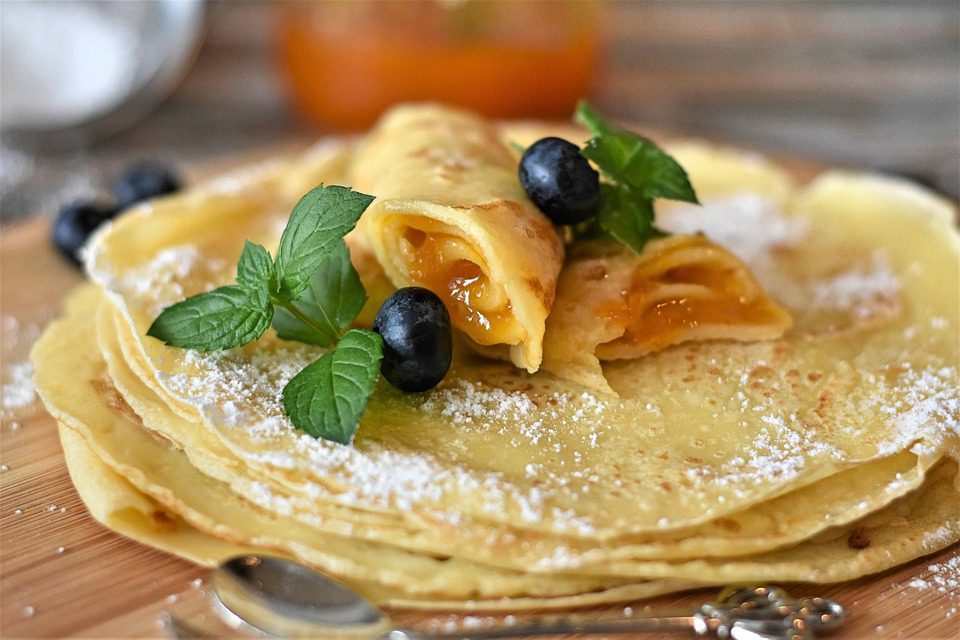
Palatschinken
A close relative of the French crepe, the Austrian Palatschinken is a thicker, denser version of the same. The French and Viennese desserts share a great resemblance and have taken a lot from each other’s culinary histories. Many Viennese desserts have inspired French staples (including the croissant). The French also have a name for bread and pastries inspired by Vienna – ‘Viennoiserie’ or ‘things of Vienna’.
Typically, the Palatschinken is filled with plum or apricot jam and served as rolls, dusted with icing sugar. Interestingly, this dish is not usually served as a dessert or even a breakfast meal, but for lunch. Heindls Schmarren & Palatschinkenkuchl located in the Grashofgasse stay true to the Austrian culinary style and serves a range of traditional dishes, especially known for their Palatschinken with a choice of both sweet and savory toppings.

Malakofftorte
This cake has an interesting interior structure – it is not baked (apart from its thin sponge base) but consists of multiple layers of ladyfingers and whipped cream. When you cut a slice, it appears as a brick wall filled with cream. The story goes that the Malakofftorte was made to honor the French marshal Pélissier who received the title ‘Duc de Malakoff’ during the Crimea War.
Take a bite and the surprise ingredient hits you – rum. Notes of the liquor are an integral part of the cake. Sometimes it is made with rum flavoring or even the Marasca cherry liquor Maraschino. Café-Konditorei Aida, a confectionery store with a 100-year-old history is a popular spot to try traditional Viennese coffee, cakes, and pastries, including the Malakofftorte.

Kaiserschmarrn
Another kind of pancake with a twist – the Kaiserschmarrn is similar to the American pancake, except that it is served as a scramble with a lighter, fluffier texture. With a side of chocolate sauce and plum or apricot jam, this historical dessert has a simple, uncomplicated presentation – in fact, the suffix ‘schmarrn’ is sometimes translated as ‘mess’ or ‘nonsense’.
This sweet dish used to be a favorite of Emperor Franz Joseph. It was created in a small farmer’s home after a surprise visit by the Emperor (in quite a frenzy too, hence the hasty presentation). The dish was intended to come out as something sophisticated but ended up as a schmarrn. A dollop of fresh jam saved the day, and it stole the Emperor’s heart.
The 19th-century Cafe Schwarzenberg on the Ringstrasse serves a classic version of the Kaiserschmarrn with stewed plums, which can be relished surrounded by the quintessential coffeehouse experience. Another popular spot among locals is 15 süße Minuten, as they have a bunch of options for toppings, and even offer a vegan version of the dish.

Marillenknödel
The Marillenknödel (translated as ‘apricot dumpling’) is a doughy dish covered with icing sugar, sometimes served as a whole meal. A unique step of cooking it is removing the stone of the fruit to place a sugar cube in the middle. This dessert can be traced back to Bohemian traditional cuisine which entered Austria during the imperial era through Bohemian workers. However, despite being a peasant dish, it found its way to the royal kitchen soon. The Marillenknödel is famous for being specially requested by Ferdinand I of Austria even though apricots were not in season.
Out of all the dumpling-based dishes, the Marillenknödel is the easiest one to spot on the menu of any cafe. A small restaurant named Knödel Manufaktur is dedicated to this dish. They have a charming outdoor seating area and go all out with the presentation of their dumplings.

Gugelhupf
This tall, ring-shaped marbled cake with a spongy texture and dusted with icing sugar has a regal past. The Gugelhupf rose in social status in the 1800s, especially with an advocate like Emperor Franz Joseph. One factor about this cake is its consistency throughout history – the shape of the mold that is used today is the same that was used in the Roman era, according to archaeological findings at the Carnuntum Roman Park near Vienna.
While similar to a bundt, it is taller and has a unique indented pattern. This is possibly the most popular dessert to be paired with coffee in Vienna, since it has a fairly dry texture. A classic spot to try the Gugelhupf is a cozy, warmly-lit coffeehouse like Landtmann Cafe located by the Ringstrasse.

Krapfen
The krapfen is a deep-fried dough with an apricot (and sometimes cream or custard) filling and sprinkled with icing sugar. Similar to doughnuts in shape and size, every soft bite of this dessert is truly wholesome.
The krapfen is one of the oldest desserts that survive in Austria and its neighboring countries today, with versions of it dating back to the Roman civilization in the 2nd century BC. It is also a staple carnival snack, especially around Christmas, and is usually consumed before fasting.
These Austrian doughnuts are a good go-to dessert to enjoy while walking the streets of Vienna. The Groissböck Zentrale in Neilreichgasse is known for its traditional-style krapfens with a range of fillings, the most famous one being apricot, followed by vanilla.
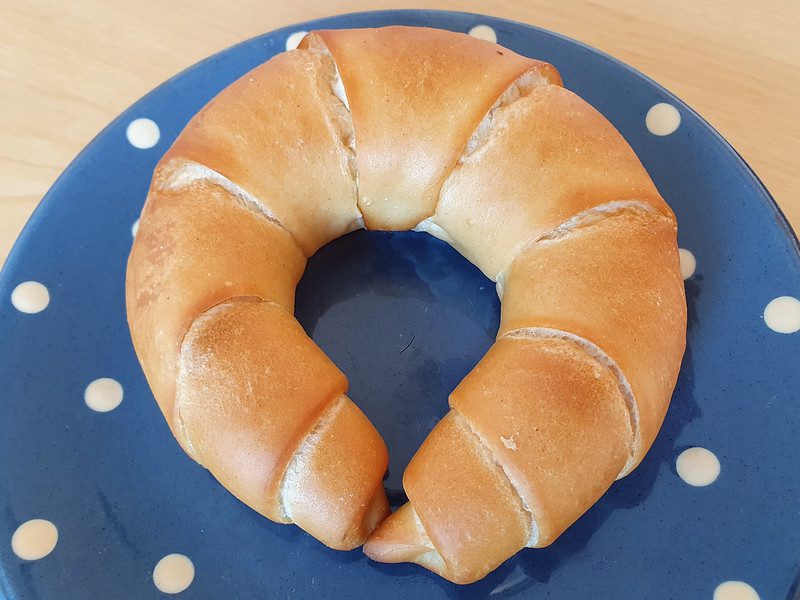
Kipfel
The Kipfel is a crescent-shaped pastry that lay the groundwork for the French croissant, which also falls under the category of Viennoiserie. The difference between the two is the pastry. While the croissant has a light and airy puff pastry, the Kipfel is made with a yeast dough and is denser.
There is a legend surrounding the origin of this pastry which claims that a baker from Vienna named Peter Wendler created the shape of this pastry similar to the Ottoman Empire’s flag to mock the empire’s failed attempts at capturing the city in 1683. However, it’s possible that the pastry is much older than this legend.
This dish is quite easy to find in bakeries such as Konditorei Oberlaa in Neuer Markt and Cafe Diglas in Wollzeile. You can also pick up a few from a small coffee cart in the Stephansplatz and snack while enjoying the town square.

Dobostorte
Quite a fancy torte, this is traditionally a five to eight-layered cake with thin slices of light sponge filled with chocolate buttercream. The cake is topped with hardened caramel cut into individual pieces and is sometimes garnished with nuts. So not only does it taste delicious, it’s extremely pleasing to look at.
This cake has its origins in 1884 in the Hungarian region of the Austro-Hungarian Empire. It is named after its creator, József C. Dobos, and is known to have won the heart of the entire continent. An important factor that led to its rise in fame was its longer shelf life, which made it possible for neighboring countries to relish it.
The Dobostorte is usually listed on the cake menu in most cafes, although it may differ in appearance and taste in different places. But experiencing this cake to the fullest calls for an opulent atmosphere, which is why an old coffeehouse like The Demel with its tall windows and vintage interior is the way to go.


